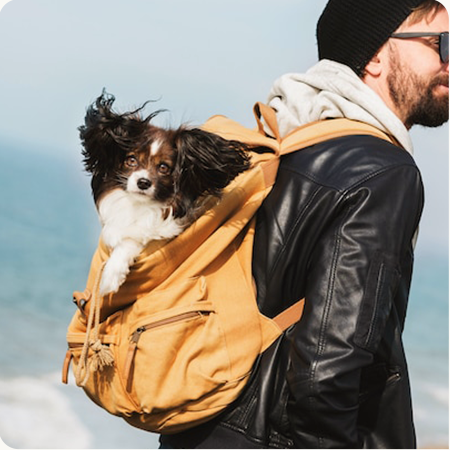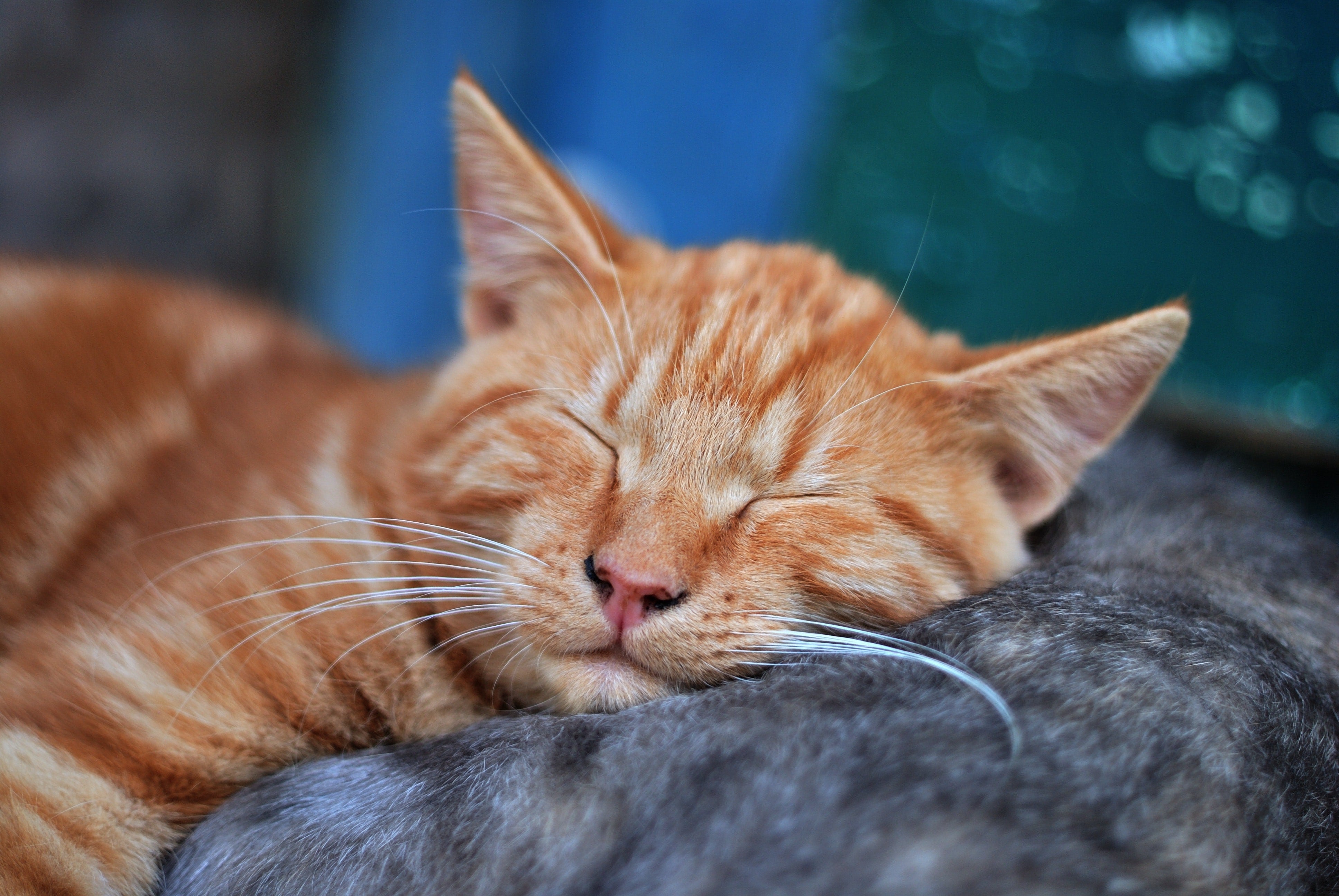When temperatures drop and snow starts to coat the ground outside, it’s important to adjust your pet’s daily routine so you can keep him happy, safe and comfortable until the buds of spring begin to bloom. Caring for your pet in the winter is a multi-pronged effort that will require some thought and preparation. Here are seven things you can do to make this your pet’s best winter ever.
1. Take Care of Your Dog’s Paws
A dog’s legs, tail and ears are most susceptible to frostbite, says Dr. Rebecca Ruch-Gallie, service chief for the Colorado State University Veterinary Teaching Hospital’s community practice. While there’s not much you can do for the tail and ears—besides keeping your walks short or walking during daylight hours—dog boots will provide some welcome warmth to your dog’s paws. Dog booties can also protect your dog from harmful chemicals like deicers. While some ice melts are clearly marked as safe for pets, many others are not. If your dog licks his paws after walking on deicer, he may be at risk of getting sick. For dogs who refuse to wear booties, you can use a towel to wipe their paws after a walk, Dr. Ruch-Gallie says. If you notice your dog stepped in salt, rinse the area as soon as possible.
2. Adjust Daily Calories for Changes in Activity
A dog’s diet is precisely calibrated to give him all the vitamins, minerals, and calories he needs to thrive. But when a dog’s activity level changes drastically, as it can in the winter, adjustments need to be made to ensure adequate nutrition. Dr. Ruch-Gallie says this can happen in both directions. “My dog loves the snow. She’ll go out five or six times a day when it snows to play. On those days, she may need more calories because of the increase in exercise,” she says. “Other dogs don’t like to go out at all—even for potty breaks. Because they’re less active, they should consume fewer calories.” If you’re unsure what’s best for your dog and his activity level, consult with your vet to come up with a plan.
3. Play with Your Pet’s Food
When it comes to how you feed your dog, there are fun, creative things you can try that will both satisfy his hunger and give him a bit of a workout, says Dr. Deborah Linder, research assistant professor at Cummings School of Veterinary Medicine at Tufts University. “For dogs that are food-motivated, you can encourage activity by spreading meals throughout different parts of the house or throwing kibble to have your pet chase it down a hallway,” she says. “Mentally stimulating dogs can also be a great way to get them moving with food-dispensing toys and interactive or puzzle toys.”
4. Block Off Heat Sources
Dogs, and especially cats, may seek out sources of heat in your house as nice places to cuddle up or take a quick nap. Dr. But Ruch-Gallie warns that these spots present burn risks for pets, because they aren’t aware of how hot they can get. “Cats may try to curl up next to a radiator or jump up on a wood-burning stove,” she says. “Owners should make these places inaccessible to their pets during winter months.”
5. No Off-Leash Time
While your dog might love running around outdoors off leash, it can be especially risky when the temperatures drop. Dr. Elizabeth Rozanski, associate professor of emergency and critical care at the Cummings School of Veterinary Medicine at Tufts University, says falls through ice may occur if a body of water isn’t fully frozen. Additionally, dogs are at an increased risk of being hit by vehicles, including snow plows.
6. Keep a Blizzard Checklist Handy
If you live in a part of the country that’s prone to the occasional blizzard, it’s critical to have a checklist handy. This will help ensure you have everything your pet may need, in case you’re stranded for a few days. Dr. Ruch-Gallie says the same list you might have for yourself will apply well to your pet—dog blankets for warmth, battery-operated flashlights in case you lose power, clean water, plenty of dog food, dog medications and something to stay entertained. She adds that you may want to keep all these things in one place. “If you’re thinking about leaving before the snow, make sure you have all these things together, in case you need to get out quickly,” she says.


